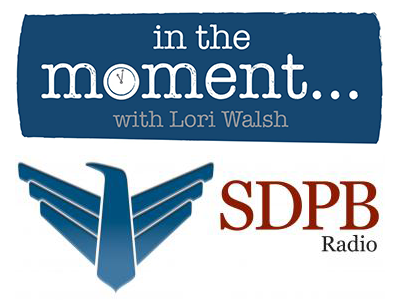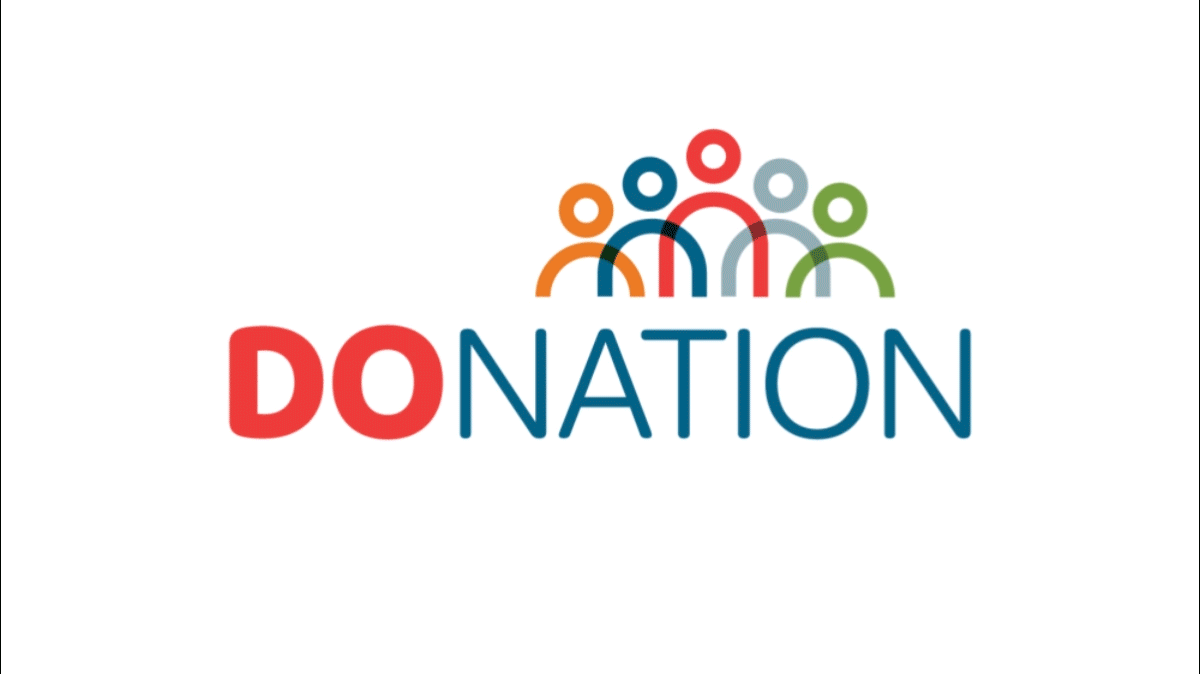Tim Rave, President and CEO of the South Dakota Association of Healthcare Organizations (SDAHO) recently joined South Dakota Public Broadcasting’s In the Moment with Lori Walsh to discuss the impact of federal health care legislation, including H.R. 1, known as the One Big Beautiful Bill Act, signed into law on July 4, 2025.
During the interview, Rave expressed concern over proposed Medicaid cuts, “One of our main concerns is the loss of coverage for people on Medicaid expansion,” said Rave. He emphasized that while commercial insurance generally offers better reimbursement rates, not everyone is in a position to maintain steady employment due to a variety of personal challenges.
Rave also addressed common misconceptions about Medicaid. “Medicaid is not a welfare program—it’s a health insurance program for people who can’t afford private coverage,” he explained. “Providers get paid rather than writing off care as bad debt.” He clarified that Medicaid funds never go directly to recipients but are paid directly to healthcare providers as a federal pass-through.
Looking ahead, Rave clarified how the passage of H.R. 1 will not affect how uninsured patients are cared for. “Anyone who comes to a hospital is taken care of—no one is turned away because of their ability to pay,” he said. He noted that Medicaid expansion has allowed hospitals to enroll eligible patients who previously would have gone without coverage. “Two years ago, before expansion, South Dakota hospitals wrote off $168 million in bad debt. That was essentially free care provided by hospitals.” While it’s too soon to fully evaluate the impact of Medicaid expansion, Rave expressed concern that without it, more people may avoid preventive or primary care altogether.
Another highlight of the discussion was the Rural Transformation Project, which stems from OBBB and will invest $50 billion into health care initiatives nationwide. “There are two main funding buckets,” Rave explained. “The first is $25 billion divided equally among all 50 states—$100 million per state annually for five years. The state will need to apply, and I’ve heard South Dakota intends to do so, but we don’t yet know the criteria.” The second portion will be distributed through competitive grants to at least 25 states for targeted health care efforts, with more details expected in the future.
Rave also touched on long-term care (LTC) facility closures, noting that Medicaid funding increases have helped stabilize the sector. “Eight or nine years ago, we saw 17 LTC closures in a short period. Increased funding has helped slow that trend, but challenges remain.”
In terms of hospitals, South Dakota has not seen recent closures, but margins remain tight. “Hospitals in our state operate on average margins of 0–3%, with those funds reinvested into infrastructure and community benefit programs,” Rave said. While hospital closures is not a concern at the moment, Rave said, SDAHO is closely monitoring this area.
When asked about continued staffing challenges, Rave praised the repeal of the 24-hour staffing requirement for long-term care facilities, a rule put in place by the previous administration. “That repeal was a win,” Rave said, adding that new OBBA guidelines are expected to help address ongoing staffing challenges.
Signed into law on July 4, OBBB is still being defined. Rave reminded listeners that it will take time for the law’s full implications to unfold. Still, he affirmed that SDAHO is committed to supporting its members and the broader health care community through the transition.
Listen to the full interview:
How Medicaid Cuts, Staffing Costs, and Bad Debt Impact Rural Health Care – SDPB




